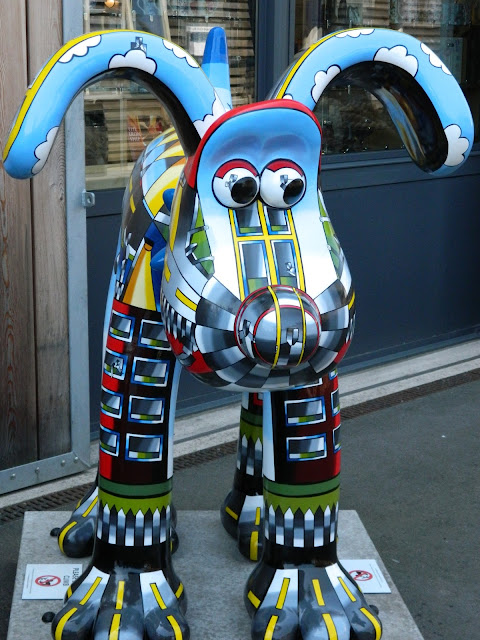Bristol Harbour Festival is one of the UK's largest public festivals and a chance for the city to showcase its rich musical and performance roots. Over 250,000 festival fans head down to the 2 mile stretch along Bristol's waterfront to party, dance and relax. This year the festival took place from 26th - 28th July.
The festival gets off to a leisurely start on Friday afternoon when the markets open at around 2pm.
The stage on Queen Square comes to life at 5.30pm
On Saturday and Sunday all the stages are up and running by 12 noon. But it's always a good idea to arrive earlier and get your bearings!
It's much easier to plan your day with the help of an official programme.
A churro, sometimes referred to as a Spanish doughnut, is a fried-dough pastry. Churros are popular in Spain, France, the Philippines, Portugal, Latin America (including Brazil and Spanish-speaking Caribbean islands) and the United States. There are two types of churros in Spain, one which is thin (and sometimes knotted) and the other which is long and thick (porra). They are both normally eaten for breakfast dipped in hot chocolate or café con leche.
The origin of churros is unclear. One theory is they were brought to Europe by the Portuguese. The Portuguese sailed for the Orient and, as they returned from Ming Dynasty China to Portugal, they brought along with them new culinary techniques, including modifying the dough for You tiao also known as Youzagwei in Southern China, for Portugal. However, they modified it by introducing a star design because they did not learn the Chinese skill of "pulling" the dough (the Chinese Emperor made it a capital crime to share knowledge with foreigners). As a result, churros are not "pulled" but rather extruded out through a star-shaped die.
Another theory is that the churro was made by Spanish shepherds, to substitute for fresh bakery goods. Churro paste was easy to make and fry in an open fire in the mountains, where shepherds spend most of their time.
























































